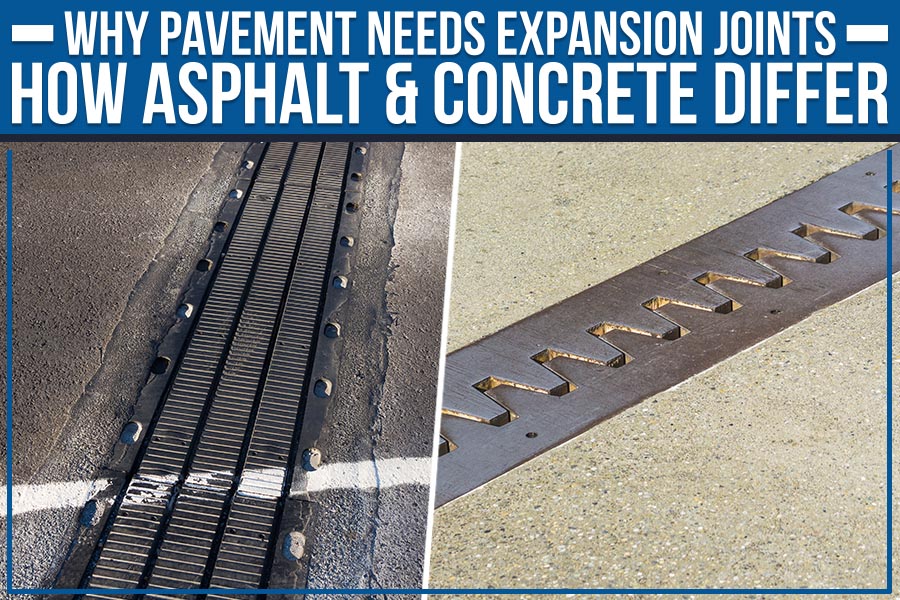
If you’ve ever driven over a bridge, you may have noticed the significant gaps between the concrete slabs. Their purpose is to allow the bridge to expand and contract without cracking. The same principle applies to the pavement; if it doesn’t have room to grow, it will crack under pressure. Bay Country Contractors will discuss why pavement needs expansion joints and how asphalt and concrete differ in this respect.
Expansion Joints in Pavement
Pavement is a vital part of our infrastructure, and it needs to be maintained to ensure its longevity. A critical aspect of pavement maintenance is expansion jointing. Without expansion joints, asphalt pavement and concrete pavement would be susceptible to cracking in extreme temperature changes. So if you see a crack in your pavement, there’s likely an expansion joint nearby. And if you’re paving a new driveway or sidewalk, be sure to include expansion joints every few feet. Read on to find the difference in expansion and contraction capabilities of asphalt and concrete surfaces.
Asphalt Pavement
Asphalt forms a flexible pavement, meaning that it is designed to expand and contract with temperature changes. It is why you’ll often see cracks in asphalt during the winter. The expansion and contraction of asphalt occur due to bitumen, a substance that becomes more pliable when it’s warm and more rigid when it’s cold.
You’ve probably seen the cracks between sections of pavement that are filled with a material like asphalt or rubber. While it may not look pretty, it serves an essential purpose: it allows the pavement to expand and contract without cracking.
Concrete Pavement
Concrete pavement is rigid. It doesn’t expand and contract like asphalt; it cracks when the temperature changes. It is because concrete is made up of cement, which doesn’t change shape with temperature changes. So, if the concrete doesn’t have room to expand, it will crack under pressure.
That’s why concrete needs expansion joints too. In this case, the spaces between concrete sections are filled with a material that can compress, like asphalt or rubber.
Ending Note
So, why does pavement need expansion jointing? The answer is simple- asphalt and concrete differ in their ability to expand and contract. Asphalt has a much higher thermal expansion rate than concrete, meaning it expands more when heated. If this extra heat isn’t allowed to escape, the asphalt will crack. The pavement needs expansion jointing to allow this movement, or the cracks will become more prominent over time. If you need paving services in Stafford, VA, contact Bay Country Contractors. We’ll take care of all you need from start to finish, so your pavement looks great and lasts for years. Get a free estimate today to get started!



